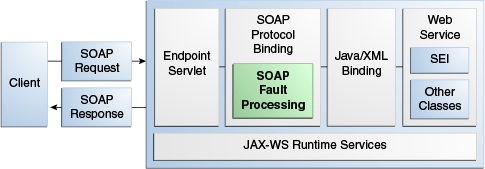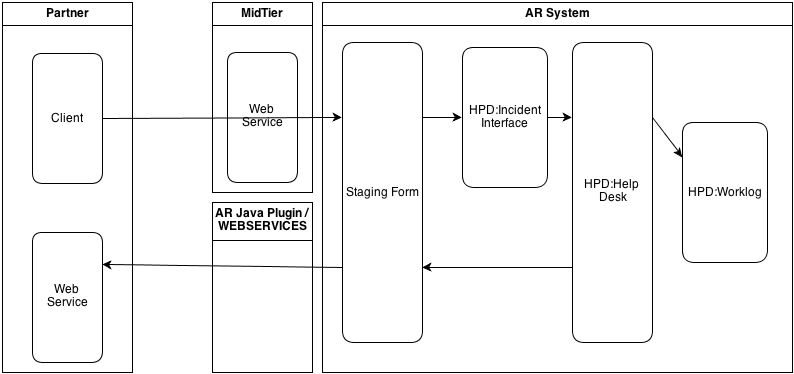Introduction
Error handling is a crucial aspect of any application development process, and SOAP web services are no exception. Ensuring proper error handling can significantly improve the stability, maintainability, and user experience of your SOAP-based applications. This article will discuss the best practices for error handling in SOAP web services, from creating custom error messages to handling exceptions.
- Create Custom Error Messages
Creating meaningful, informative error messages is essential for effective error handling. Instead of relying on generic error messages, design custom ones that provide specific information about the error. This approach can help developers identify and fix issues more efficiently.
For instance, instead of returning a vague “System Error” message, provide details like “Unable to process the request due to a database connection failure.” Learn more about crafting effective error messages in this guide on error messages.
- Utilize SOAP Faults
SOAP faults are the standard mechanism for handling errors in SOAP web services. They provide a structured way to return error information to the client. When an error occurs, ensure that your web service returns a SOAP fault containing relevant details about the error.
A typical SOAP fault includes:
- Faultcode: A code representing the error type.
- Faultstring: A human-readable explanation of the error.
- Faultactor: The party responsible for the error (optional).
- Detail: Additional information about the error (optional).
Check out this SOAP fault tutorial for more information on working with SOAP faults.
- Standardize Error Codes and Descriptions
To improve maintainability and consistency across your web services, standardize error codes and descriptions. Create a comprehensive list of error codes and their corresponding descriptions, and use them consistently throughout your application.
For example, you could establish the following error codes:
- 1001: Database connection failure.
- 1002: Invalid request parameters.
- 1003: Authentication error.
- Employ Exception Handling
Exception handling is a critical aspect of error handling in SOAP web services. Use try-catch blocks to handle exceptions gracefully, preventing your application from crashing due to unhandled exceptions.
For instance, when processing a client request, surround the critical code with a try-catch block. If an exception occurs, catch it, log the error, and return a SOAP fault to the client. Learn more about exception handling in this exception handling guide.
- Log Errors for Debugging and Analysis
Logging errors is essential for troubleshooting and performance analysis. When an error occurs, log the relevant details, including the error message, timestamp, and any additional information that might help diagnose the issue. This information can be invaluable when debugging or optimizing your application.
For more information on logging practices, refer to this guide on logging best practices.
- Handle Timeouts and Retries
Sometimes, temporary issues like network problems or server overload can cause errors in your web services. In such cases, consider implementing timeouts and retries to handle these transient errors. This approach can help maintain the stability and reliability of your application.
For example, if a request to an external service fails, retry the request after a short delay, up to a certain number of attempts. Read more about handling timeouts and retries in this article on resilient applications.
- Separate Application Logic from Error Handling
To improve the maintainability and readability of your code, separate application logic from error handling. Organize your code in a modular way, with separate functions or classes for specific tasks, and implement error handling within these modules.
By separating concerns, you can make your code easier to read, understand, and maintain. Refer to this guide on modular programming for more information on organizing your code effectively.
Conclusion
Proper error handling is vital for creating reliable and maintainable SOAP web services. By following the best practices outlined in this article, you can ensure that your application handles errors gracefully and provides a better experience for both developers and users. Remember to create custom error messages, use SOAP faults, standardize error codes, employ exception handling, log errors, implement timeouts and retries, and separate application logic from error handling.





